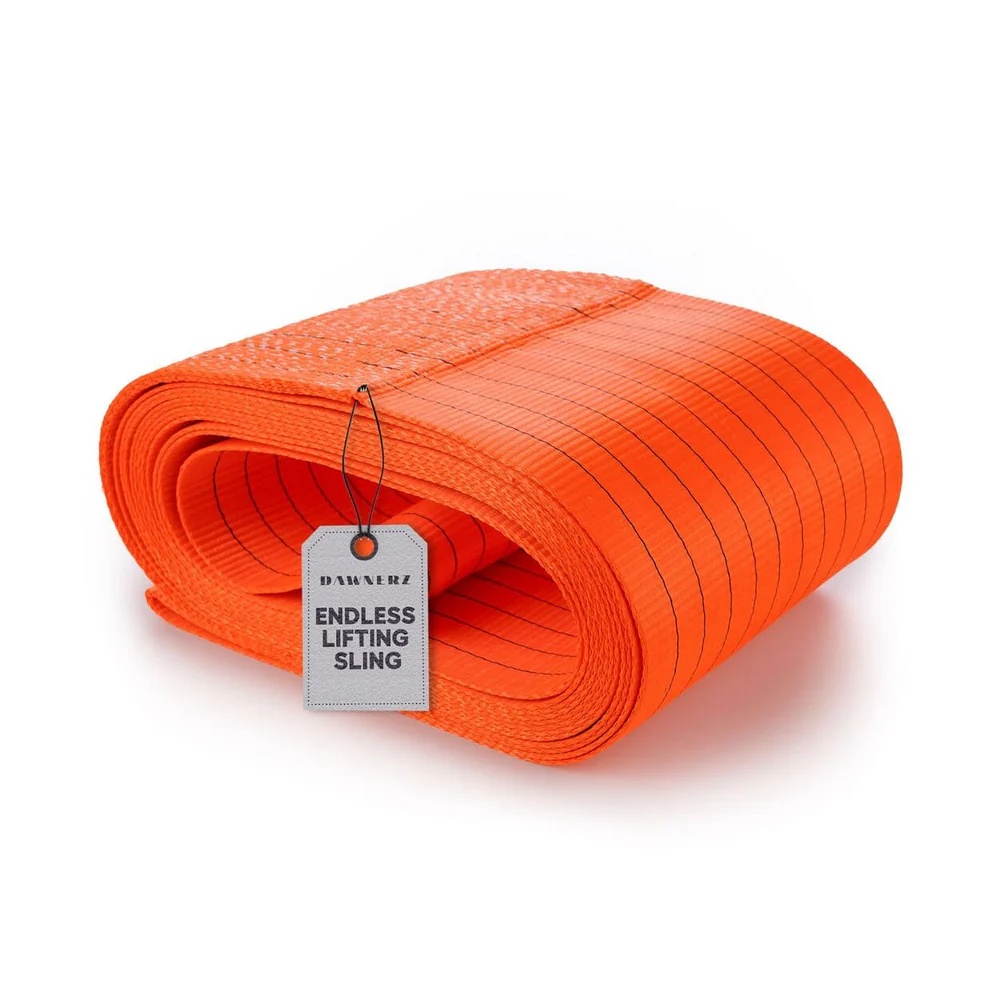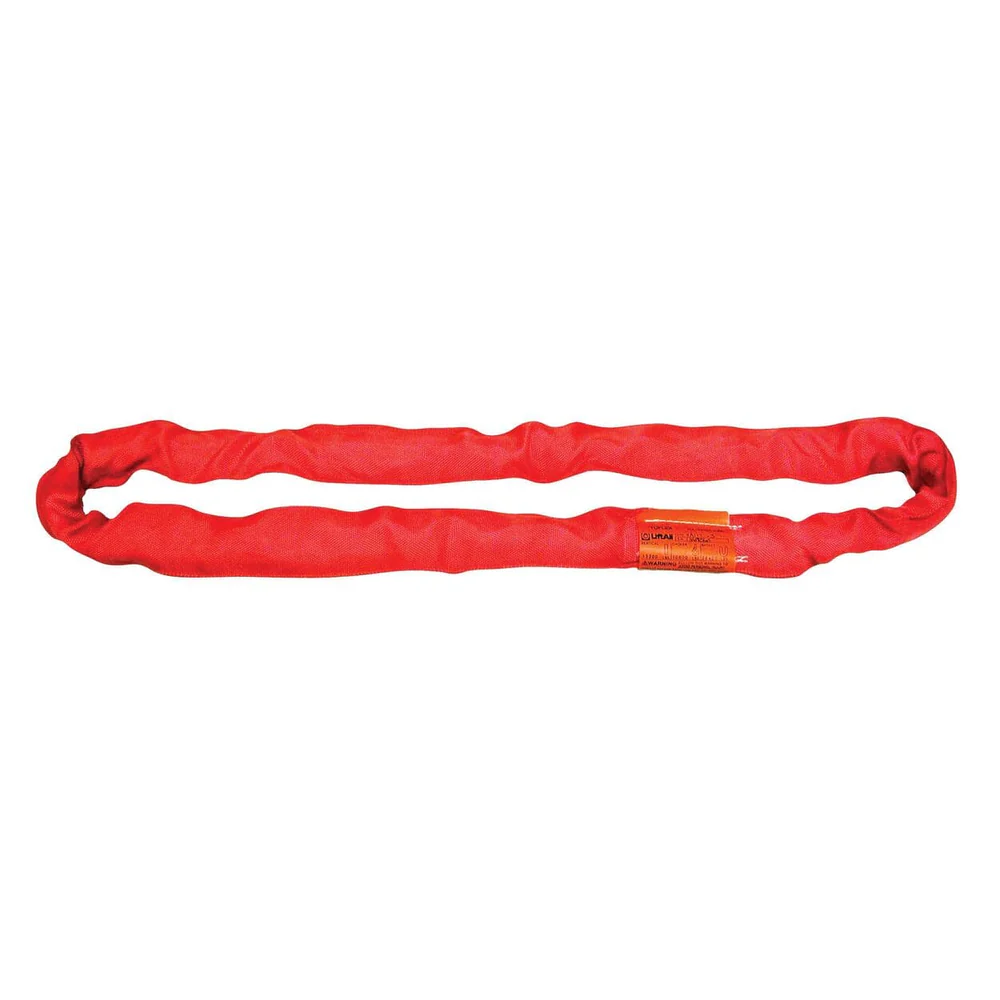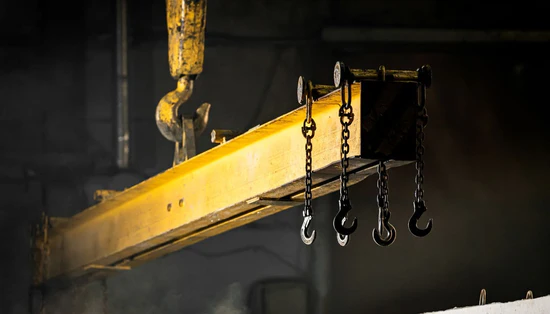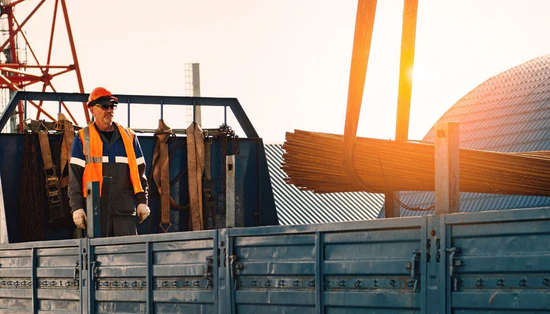At Dawnerz, we take immense pride in being at the forefront of manufacturing and distributing high-tenacity polyester lifting equipment. Our extensive line of industrial-grade towing straps and web lifting slings are meticulously engineered to meet the rigorous demands of multiple industries, ensuring safety, durability, and peak performance in every lift.
This blog aims to serve as a comprehensive and up-to-date guide on the use of endless lifting slings. Whether you're engaged in construction, manufacturing, shipping, or any field that necessitates dependable lifting solutions, this guide will equip you with the knowledge of the benefits, applications, and best practices for effectively and safely utilizing endless slings.
What Are Endless Slings?
Endless slings, also referred to as soft slings, endless round slings, or endless webbing slings, are indispensable tools in the lifting industry due to their distinctive design and numerous advantages. These slings are highly versatile and efficient, characterized by their continuous loop structure that lacks a fixed endpoint. This seamless construction not only enhances flexibility but also provides exceptional strength, making them suitable for scenarios where traditional slings may fall short, such as in situations requiring a secure grip on irregularly shaped loads.
One of the primary benefits of the endless loop sling design is the ability to rotate load points. This feature enables operators to adjust the orientation of the load, which helps distribute the lifting forces more uniformly across the sling. Consequently, the wear on any single point is significantly reduced, leading to a longer service life for the equipment.
When to Use Endless Slings
When selecting the appropriate lifting equipment for your needs, several factors should be taken into account to determine if endless slings are the right choice.
Factors to Consider:
- Load Characteristics: Assess the weight, shape, and type of load to ensure compatibility with an endless sling.
- Lifting Frequency: Endless slings are ideal for operations requiring multiple lifts due to their ability to distribute stress evenly.
- Environmental Conditions: Consider the working environment, including exposure to moisture, chemicals, and UV light.
- Cost-Effectiveness: Evaluate the budget and long-term value of the sling, as endless slings often provide a cost-effective solution due to their durability and extended service life.
- Safety Requirements: Ensure that the sling meets all safety standards and regulations for your specific application.
Applications Suitable for Endless Slings:
- Multiple Lifts: Ideal for situations where frequent lifting is necessary, as the ability to rotate load points extends the sling’s lifespan.
- Outdoor/Moist Environments: High-tenacity polyester construction offers excellent resistance to mold, mildew, and UV degradation, making endless slings suitable for outdoor use and in moist conditions like marine and dockyard sectors.
- Cost-Effective Solutions: Endless slings provide a budget-friendly option without compromising on performance and safety. They are particularly beneficial for industries looking to maximize their investment in lifting equipment.
Types of Endless Lifting Slings
Flat Endless Slings
Construction: Flat endless slings are constructed from high-tenacity polyester yarn, known for its strength and durability. These slings are typically made by sewing the ends together or by weaving the fabric in a continuous loop without seams. They can also be designed with multiple plies to enhance strength.
Usage Scenarios:
Lifting Tube-Like Objects: Ideal for lifting and transporting cylindrical items such as steel tubes, pipes, and rolls.
Steel Tubes: Commonly used for handling and positioning steel tubes during loading and unloading in industrial settings.
Benefits:
Rotating Contact Points: The endless design allows for rotation of contact points, which helps distribute the load evenly and reduces wear on any single point, extending the sling's service life.
Cost-Effectiveness: Flat endless slings are generally more affordable compared to other lifting solutions, making them a budget-friendly option for various industrial applications.

Endless Round Slings
Differences from Flat Slings:
Construction: Endless round slings are typically made from a continuous loop of polyester yarn encased in a durable fabric cover. Unlike flat slings, they do not have a flat surface but are round in cross-section.
Flexibility: Round slings are more flexible and can conform better to the shape of the load, providing a secure grip and reducing the risk of damage.
Specific Use Cases and Benefits:
Gentle on Delicate Loads: Ideal for lifting delicate or finished surfaces, as the soft fabric cover minimizes the risk of scratching or damaging the load.
Even Load Distribution: The round design allows for even load distribution around the sling, which enhances safety and stability during lifts.
Versatility: Suitable for a wide range of applications, including rigging, construction, and marine industries, where flexibility and load protection are crucial.
By understanding the differences and benefits of flat and round endless slings, you can choose the best type for your specific lifting needs, ensuring optimal performance and safety.

When using endless slings or roundslings, it is vital to follow best practices to maximize safety and efficiency. Always inspect the sling for any signs of wear or damage before use, and ensure it is rated for the load you intend to lift. Properly wrapping the sling around the load and maintaining a balanced lift will help prevent accidents.Â
Moreover, training personnel on the correct usage and handling of polyester slings is essential to foster a culture of safety and awareness in the workplace. By adhering to these guidelines, you can fully leverage the potential of synthetic web slings, ensuring that your lifting operations are both safe and effective.
Conclusion
Endless slings are a versatile, cost-effective, and durable solution for various industrial lifting applications. Their endless design allows for even load distribution and rotation of contact points, significantly extending their service life and making them an ideal choice for multiple lift operations. High-tenacity polyester construction provides excellent resistance to abrasions, UV light, and moisture, ensuring reliable performance in a range of environments.
Compared to other lifting devices such as wire rope, round, and chain slings, endless slings offer unique advantages in terms of handling, flexibility, and protection of the load surface. Whether you need to lift delicate items, cylindrical objects, or heavy loads, endless slings provide a dependable and efficient solution.
In conclusion, endless slings are a valuable asset in the industrial lifting toolkit. By choosing the right type of endless sling for your specific needs and maintaining them properly, you can achieve safe, efficient, and cost-effective lifting solutions.
Recommended Articles
Fruit And Vegetable Processing
Fruit And Vegetable Processing,Vegetable Shredder Machine,Commercial Veggie Cutter,Industrial Vegetable Cutter
Guangzhou Shengtian Machinery Co. LTD , https://www.stfoodmachinery.com

